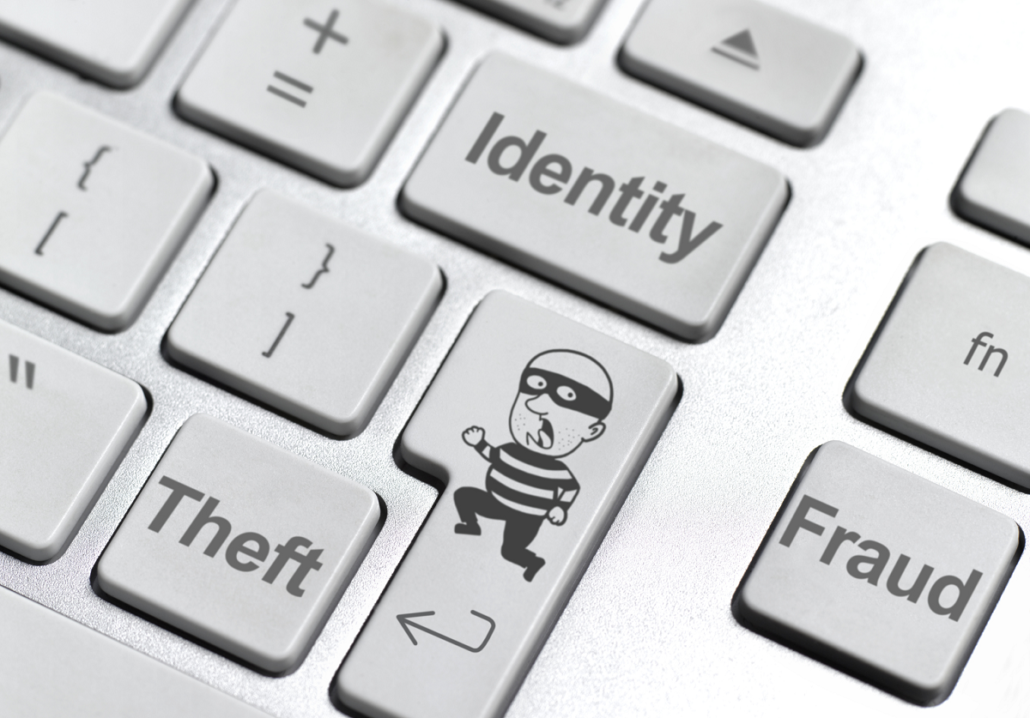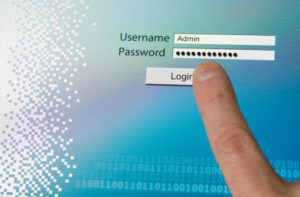Young Kids Getting Sexually Exploited Online More Than Ever Before
An alarming new study is out, and if you are a parent, you should take note…children as young as 8-years old are being sexually exploited via social media. This is a definite downturn from past research, and it seems like one thing is to blame: live streaming.

YouTube serves up videos of kids, in clothing, that pedophiles consume and share as if it is child porn. It’s gotten so bad that YouTube has had to disable the comments sections of videos with kids in them.
Apps like TikTok are very popular with younger kids, and they are also becoming more popular for the sexual predators who seek out those kids. These apps are difficult to moderate, and since it happens in real time, you have a situation that is almost perfectly set up for exploitation.
Last year, a survey found that approximately 57 percent of 12-year olds and 28% of 10-year olds are accessing live-streaming content. However, legally, the nature of much of this content should not be accessed by children under the age of 13. To make matters worse, about 25 percent of these children have seen something while watching a live stream that they and their parents regretted them seeing
Protecting Your Children
Any child can become a victim here, but as a parent, there are some things you can do to protect your kids. First, you should ask yourself the following questions:
- Are you posting pictures or video of your children online? Do you allow your kids to do the same? A simple video of your child by the pool has become pedophile porn.
- Do you have some type of protection in place for your kids when they go online?
- Have you talked to your children about the dangers of sharing passwords or account information?
- Do your kids understand what type of behavior is appropriate when online?
- Do you personally know, or do your kids personally know, the people they interact with online?
- Can your kids identify questions from others that might be red flags, such as “where do you live?” “What are your parents names?” “Where do you go to school?”
- Do your kids feel safe coming to you to talk about things that make them feel uncomfortable?
It is also important that you, as a parent, look for red flags in your children’s behavior. Here are some of those signs:
- Your kid gets angry if you don’t let them go online.
- Your child become secretive about what they do online, such as hiding their phone when you walk into the room.
- Your kid withdraws from friends or family to spend time online.
It might sound like the perfect solution is to “turn off the internet” at home, but remember, your kids can access the internet in other ways, including at school and at the homes of their friends. It would be great to build a wall around your kids to keep them safe, but that’s not practical, nor is it in their best interest. Instead, talk to your child about online safety and make sure the entire family understands the dangers that are out there.
Robert Siciliano personal security and identity theft expert and speaker is the author of Identity Theft Privacy: Security Protection and Fraud Prevention: Your Guide to Protecting Yourself from Identity Theft and Computer Fraud. See him knock’em dead in this Security Awareness Training video



 The best thing that you can do is to use the provider to find the old email account or old messages. All of the major providers, including Outlook, Gmail, Yahoo, and AOL, have recovery tools available. If the email address is from a lesser player in the email game, again, you might be out of luck.
The best thing that you can do is to use the provider to find the old email account or old messages. All of the major providers, including Outlook, Gmail, Yahoo, and AOL, have recovery tools available. If the email address is from a lesser player in the email game, again, you might be out of luck. But there’s a problem: Someone ELSE could pose as you and sign up for this service, getting your mail before you have a chance to.
But there’s a problem: Someone ELSE could pose as you and sign up for this service, getting your mail before you have a chance to. Regardless of who gave you the card, you should always practice security measures. Below are two common ways that fraudsters operate.
Regardless of who gave you the card, you should always practice security measures. Below are two common ways that fraudsters operate. The effort wasn’t easy, but this guy is now off the streets. The process started with taking a look at DNA that was collected from the crime scene, which happened many years ago. Investigators didn’t have a match. However, recently, they started comparing DNA with genetic profiles that have been collected from ancestry sties. These are companies that collect DNA from people to tell them more about their family backgrounds.
The effort wasn’t easy, but this guy is now off the streets. The process started with taking a look at DNA that was collected from the crime scene, which happened many years ago. Investigators didn’t have a match. However, recently, they started comparing DNA with genetic profiles that have been collected from ancestry sties. These are companies that collect DNA from people to tell them more about their family backgrounds. New advances in mobile technology and networking have given remote workforces a boost, and while policies for most remote workers generally depend on manager or company preferences, most businesses must accommodate a mobile workforce on some level…and here’s where the challenge lies.
New advances in mobile technology and networking have given remote workforces a boost, and while policies for most remote workers generally depend on manager or company preferences, most businesses must accommodate a mobile workforce on some level…and here’s where the challenge lies. The result of this is that consumers are engaging in risky online behavior, and according to one survey participant, if “something happens, it is going to happen” and “it is not the end of the world.”
The result of this is that consumers are engaging in risky online behavior, and according to one survey participant, if “something happens, it is going to happen” and “it is not the end of the world.” Note: make sure that every suggestion below is allowed via a company’s internal policies.
Note: make sure that every suggestion below is allowed via a company’s internal policies.























